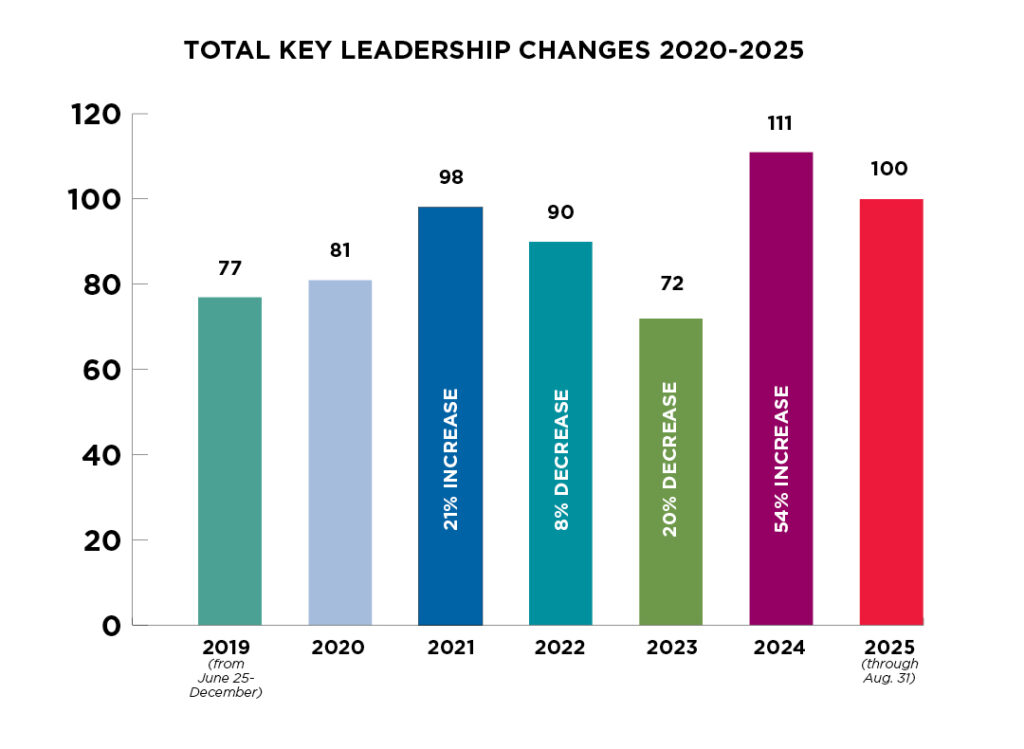The Elbert Files: Gannett chooses poorly

I find it ironic that media giant Gannett Co., which claimed a year ago to have invented “the newsroom of the future,” will soon spin off its community newspapers with a news strategy that most newspapers, including its own, abandoned years ago.
It’s true. Bob Dickey, the top newspaper guy at Gannett, recently told analysts that later this summer, after Gannett divides its TV and publishing businesses, he plans to use the company’s USA Today inserts to expand newspaper operations.
The daily inserts of 10-12 pages of USA Today copy have been so well received, Dickey told the analysts, that he believes he can use them to help the new Gannett become a “consolidator.”
By “consolidator” I assume he means he wants to buy more dailies and fill them with USA Today inserts.
That strategy probably makes sense to Dickey, who has already inflicted severe cuts on the news-gathering staffs of Gannett’s 82 newspapers, including the Des Moines Register.
With fewer reporters producing news copy, he still needs to fill the newspapers with something, so why not stories from USA Today, which Gannett already owns.
Before he goes too far down that road, though, he needs to remember the lesson that daily newspapers from Albany to Des Moines to Los Angeles learned in recent years about the importance of local news.
Local, local. That’s what Gannett executives started calling the strategy in the late 1990s when they realized that saying it once wasn’t enough to make it sink in.
What “local, local” means is that local news and advertising are the bread and butter of community newspapers. It was always true, but even more so once the 24-hour news cycle was invented and people began getting their national and world news from cable TV and the Internet.
For Dickey to now suggest a strategy that relies on USA Today inserts rehashing day-old news is laughable for two reasons beyond the obvious one that what USA Today does is not local news.
One is that USA Today recently had its own round of staffing cuts. In the Money section alone, eight veterans with more than 200 years of collective experience took buyouts, including former Register staffers Jim Healey and Anne Willette.
Also, while the USA Today inserts may be well received by readers, advertisers ignore them. The daily inserts have been virtually ad-free since they were launched in early 2014.
From a business standpoint, that’s a disaster. No ads means no money to improve the product by adding staff or buying new equipment or trying new approaches. More important, it means no profits for Gannett shareholders.
The company has been able to largely paper over that problem so far, but once Gannett splits into two companies, the newspaper division’s shortcomings will be more obvious.
Up until now, the company’s executives have focused on the success of their 43 TV stations and classified advertising web sites Cars.com and CareerBuilder. But after this summer, the TV properties and classified websites will be part of a new company called Tegna.
Gannett’s 82 daily newspapers will be on their own, and their story is unlikely to attract new investors. Many already believe newspapers are a dying industry, and the data shows Gannett’s newspapers are dying more quickly than others.
The most recent financial report for Gannett’s 82-newspaper publishing division shows quarterly revenues were down 8.8 percent with advertising revenues down 11.3 percent and circulation income off 3.1 percent.
By comparison, Davenport-based Lee Enterprises 46 daily newspapers reported operating revenues were up 0.9 percent with advertising revenue off 4.9 percent and circulation revenue up 4.7 percent.
It seems to me the only thing Dickey’s USA Today insert strategy is likely to produce is a bigger financial hole.









